The future of cars is inevitably electrification and hybridisation, although in South Africa this might be an issue for South African motorists, but is it?
Ongoing power-cuts may prevent South Africans from buying electric vehicles (EV) or plug-in hybrid (PHEV). With over 2 hours of load shedding, South African drivers are concerned about the charging of these electrified cars.
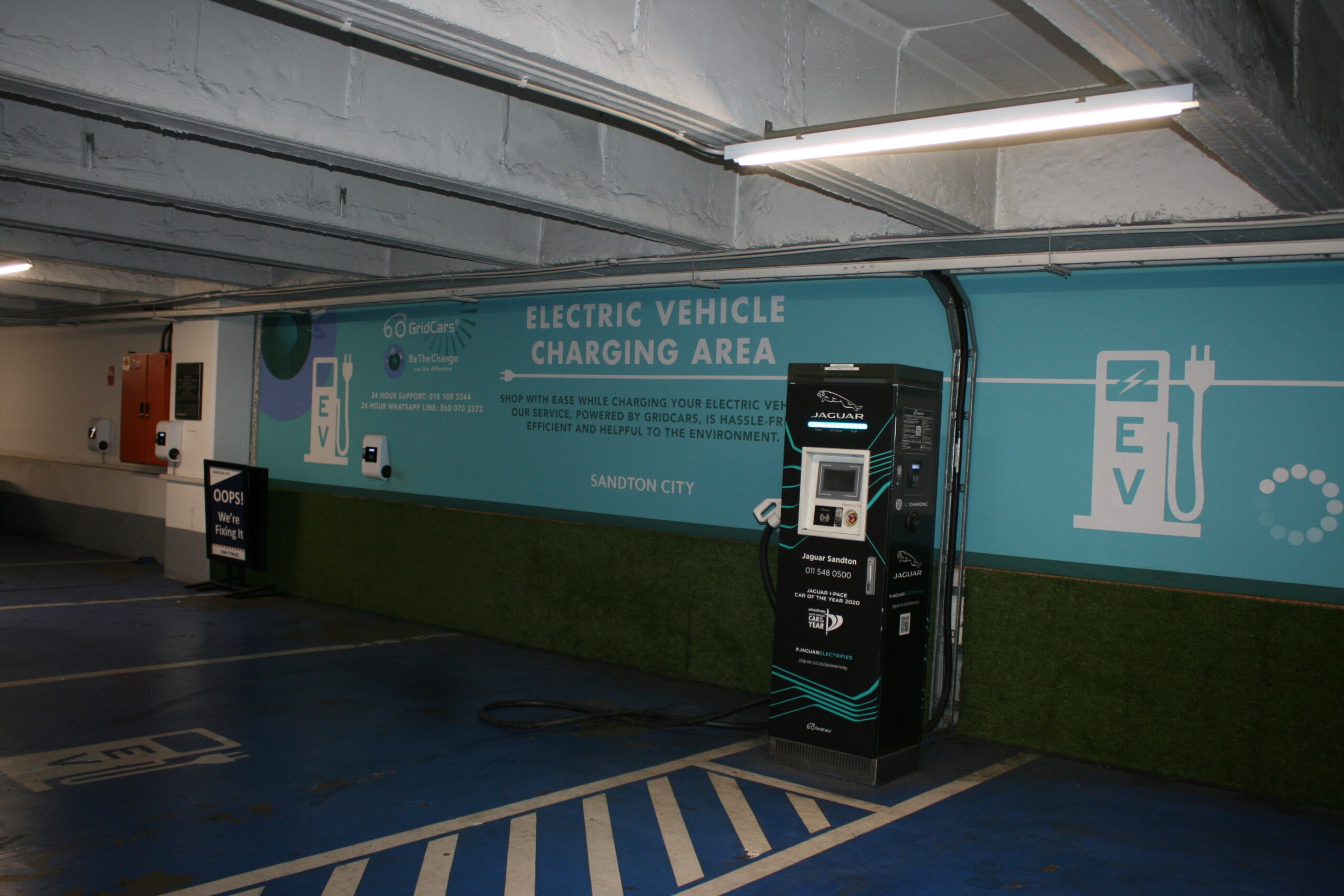
Automakers moving so fast towards efficiency and electrification, our infrastructure is falling behind and at risk of overload. However, despite these concerns, over 900 cars were sold in 2023 alone despite the load-shedding crisis (Labuschagne, 2024).
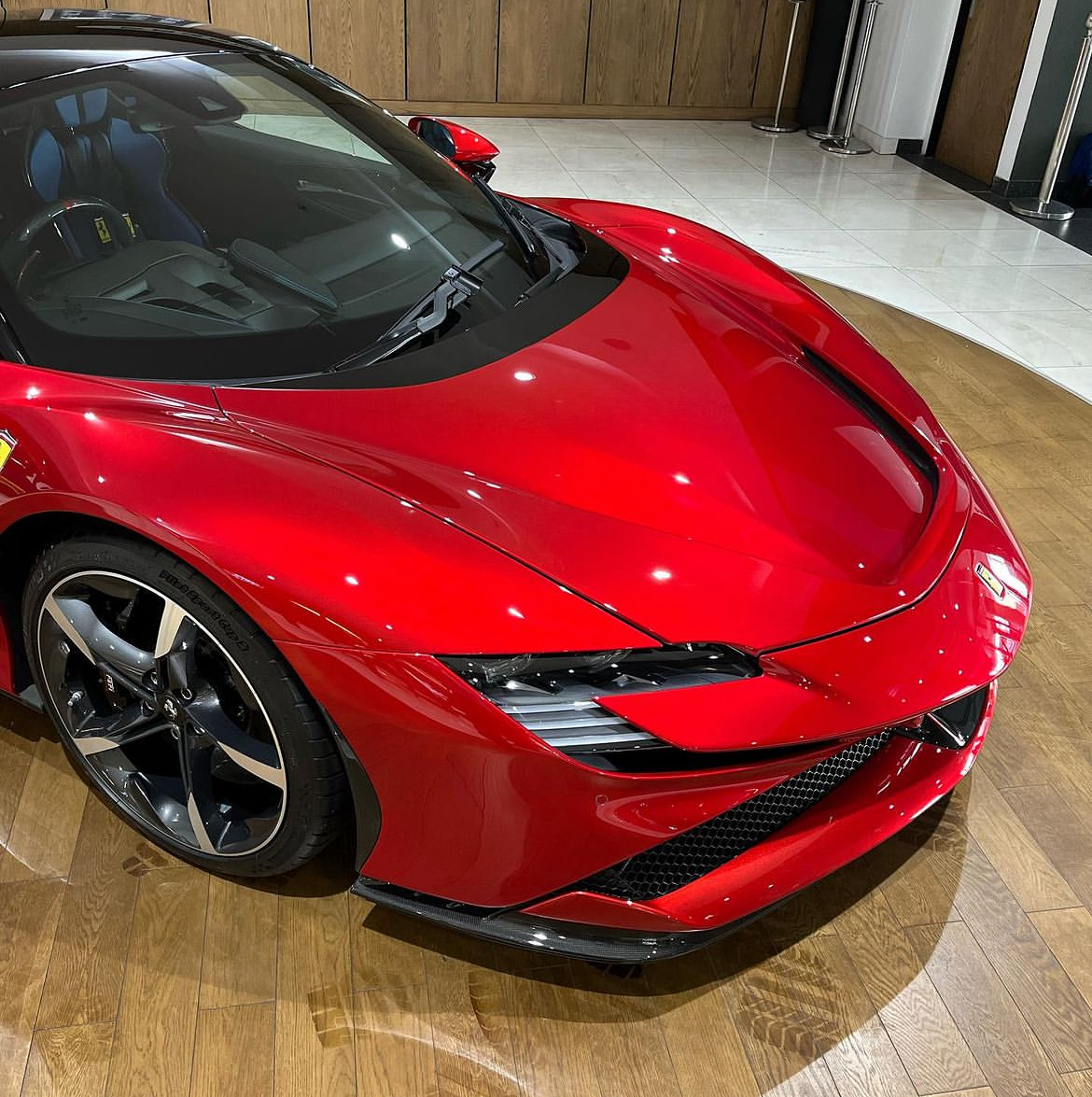
Naledi Nkosi an experienced plug-in hybrid supercar owner drives a Ferrari SF90. She uses the car occasionally for road trips and short driving destinations. With its great pulling power and 1000 horsepower hybrid system. Launching the SF90 to 100 km/h in 2 seconds which was the quickest production car in 2021 (Silverstro, 2021). The excellent hybrid system uses a set of batteries, powering the 3 electric motors. In addition to a 4-liter twin turbo V8, which is an amazing middle ground for using a fuel engine and an electric engine. 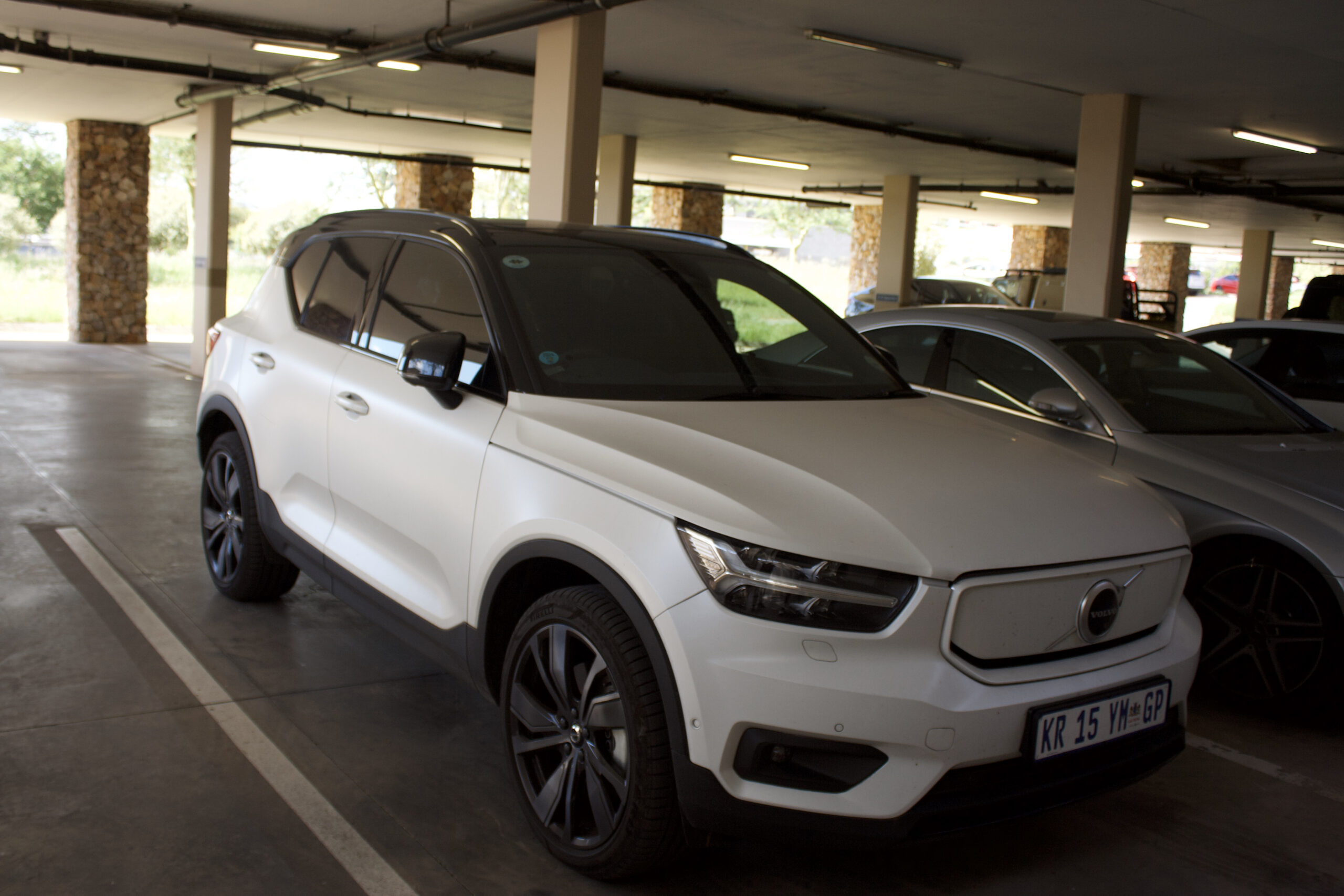
Although the same cannot be said for electric vehicle owner Dr. James Urry, in his all-electric Volvo XC 60 Recharge. His car only runs on 2 electric motors, which need to be plugged in. Urry says “Plugging it at homes uses a lot of electricity, which is why I installed a solar power system at home.” Therefore, he must navigate his routes in between going home and work. Urry travels to Waterfall Hospital every morning and home spending approximately 30 minutes to an hour charging his vehicle to 90%. Giving the car an estimated range of 380 km on a single charge, which is enough for errands and his house.
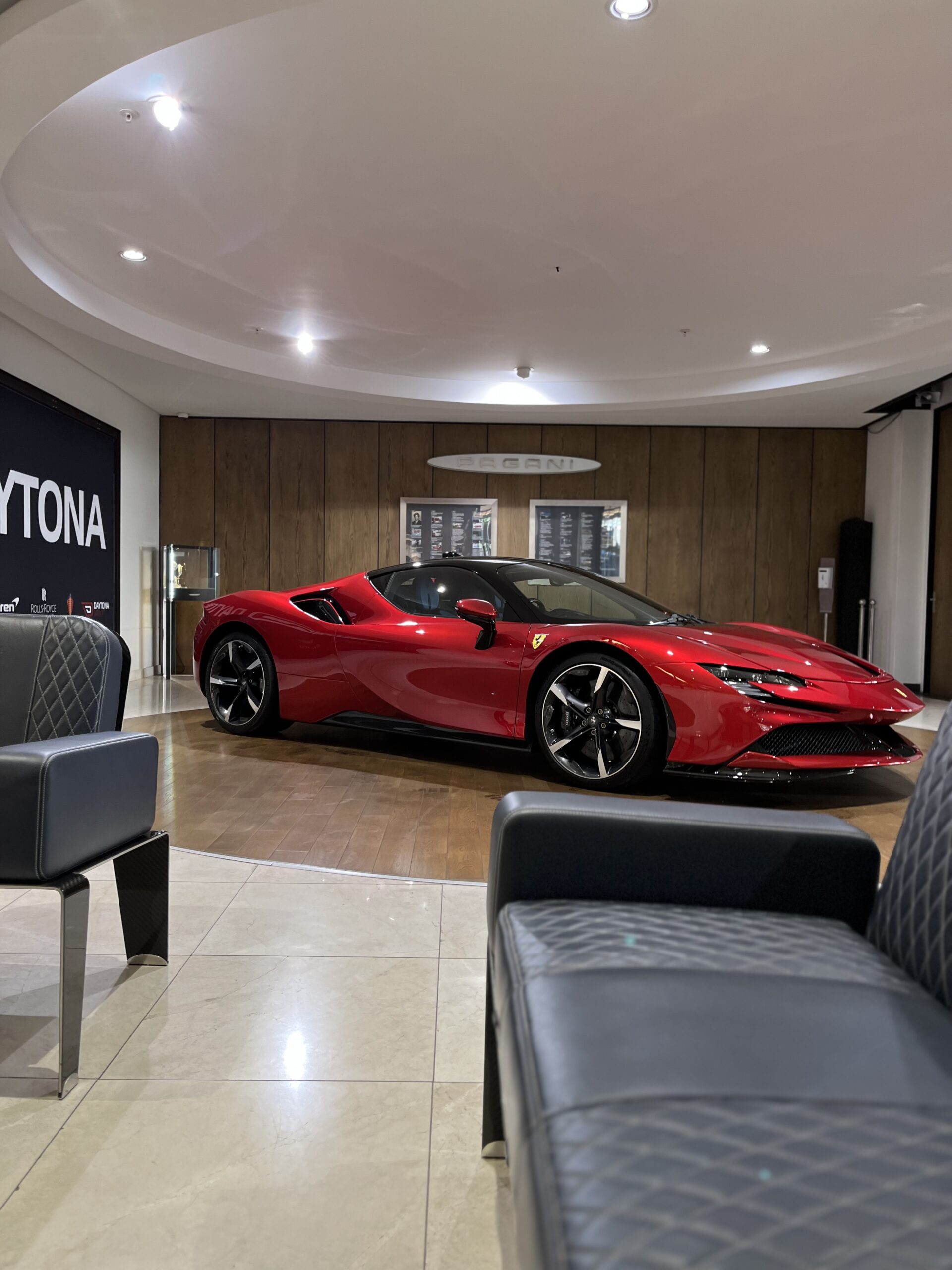
“When owning these cars, you have to plan your routes along charging stations and your location load-shedding schedules.”, Rebaneilwe Semakane a motoring journalist in her 2023 Mercedes- AMG EQE 43 review. These vehicles will give you suggestions when embarking on a road trip in its navigation system to ensure you are never left stranded. Although hybrids and plug-in hybrids will have the added benefit of that internal combustion engine even when the batteries are flat.
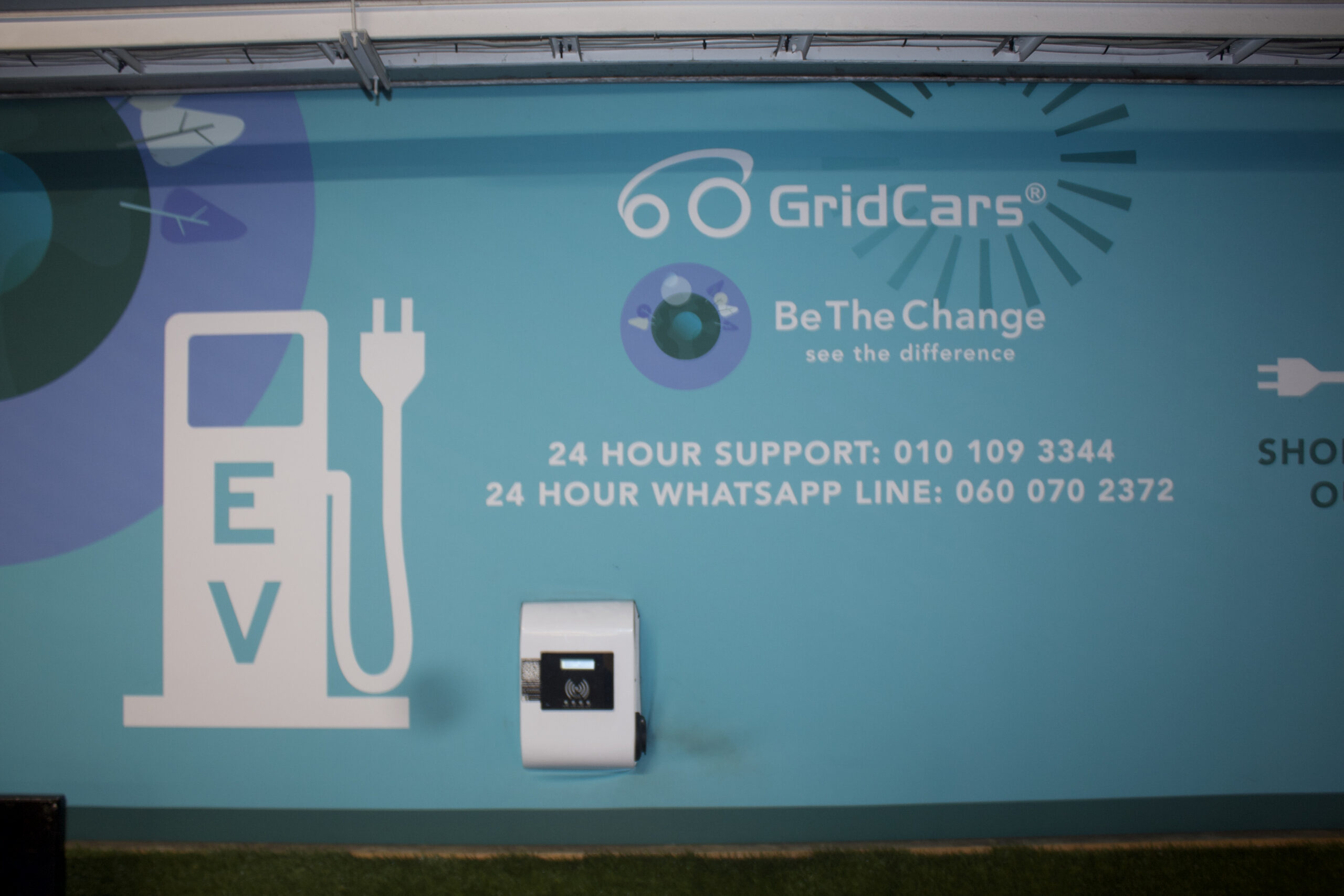
Despite the nerve-wreaking feeling of not arriving at your destination, electric cars and plug-in hybrids have smart features to ensure that your vehicle has some range left in the batteries. Regenerative braking is the most popular feature in these kinds of cars using the brakes to fill the batteries up again. Plug-in hybrids use the electric motor to power the wheels and cut the engine power while rolling to ensure you are saving fuel and battery power (Floyd, 2023). These features are fitted to maximise efficiency and driving distance, whether in heavy traffic or on open roads.
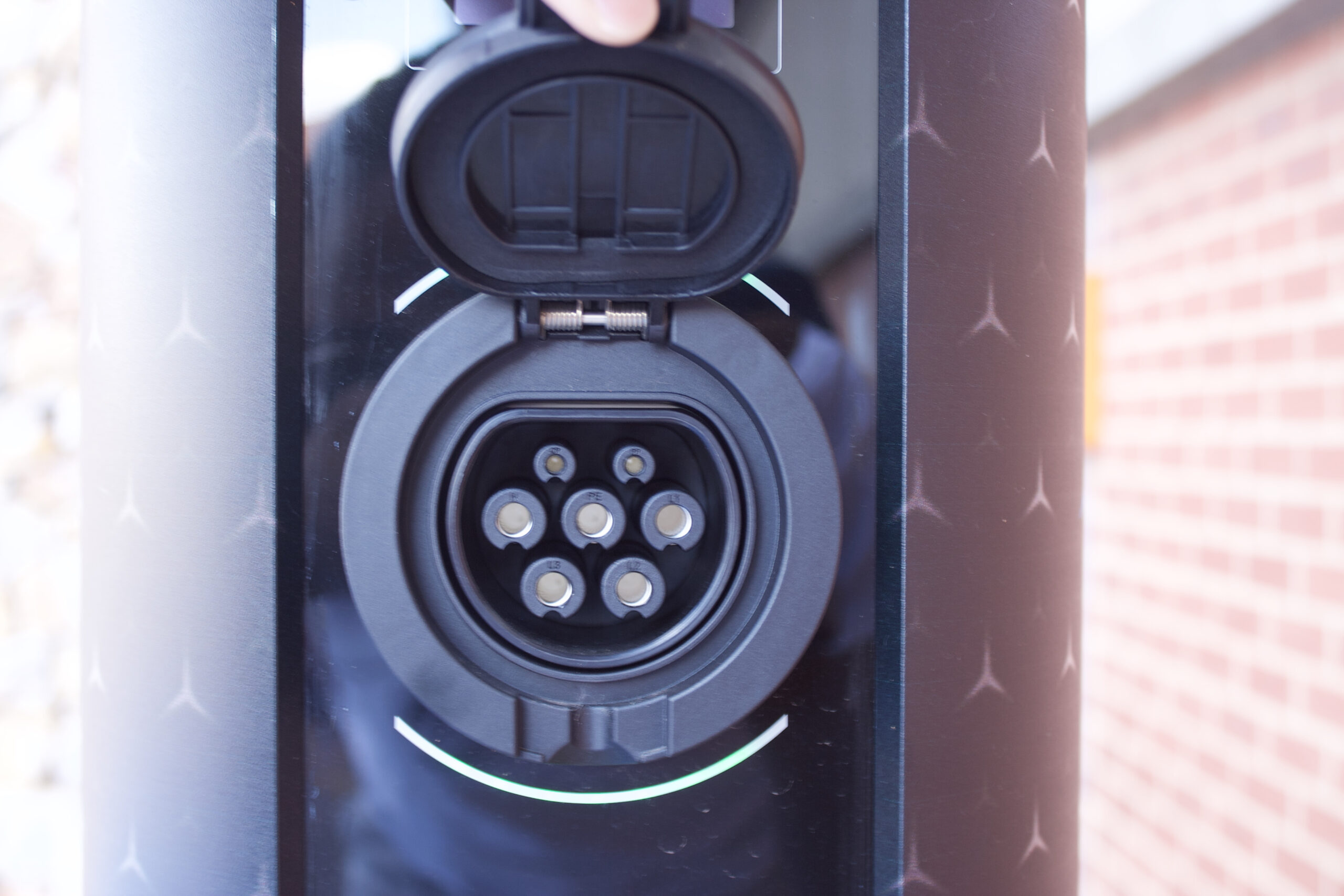
Electric cars and plug-in hybrids can work in South Africa, just with a lot of precision planning and patience.
YOUR THOUGHTS?
Follow @orgellaent on social media for more updates
Written by: Kabelo Amogelang Phiri
Images: Kabelo Amogelang Phiri


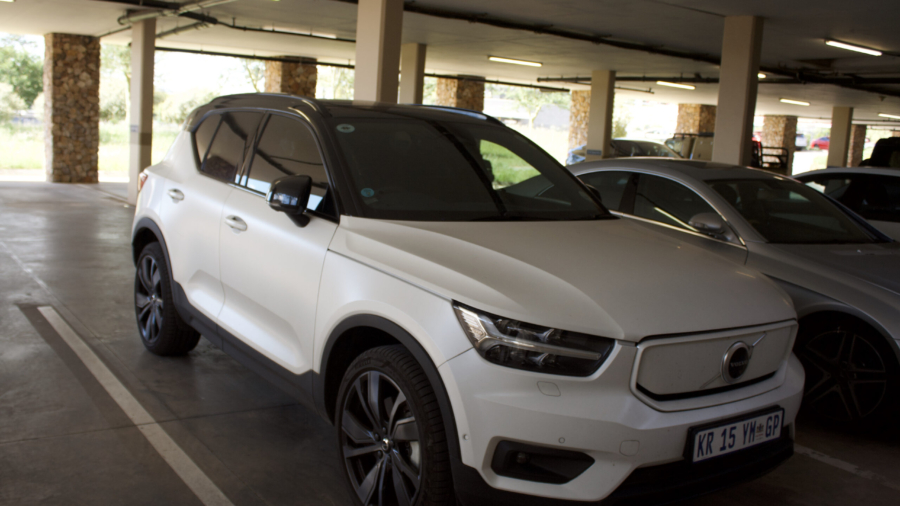
Add a Comment